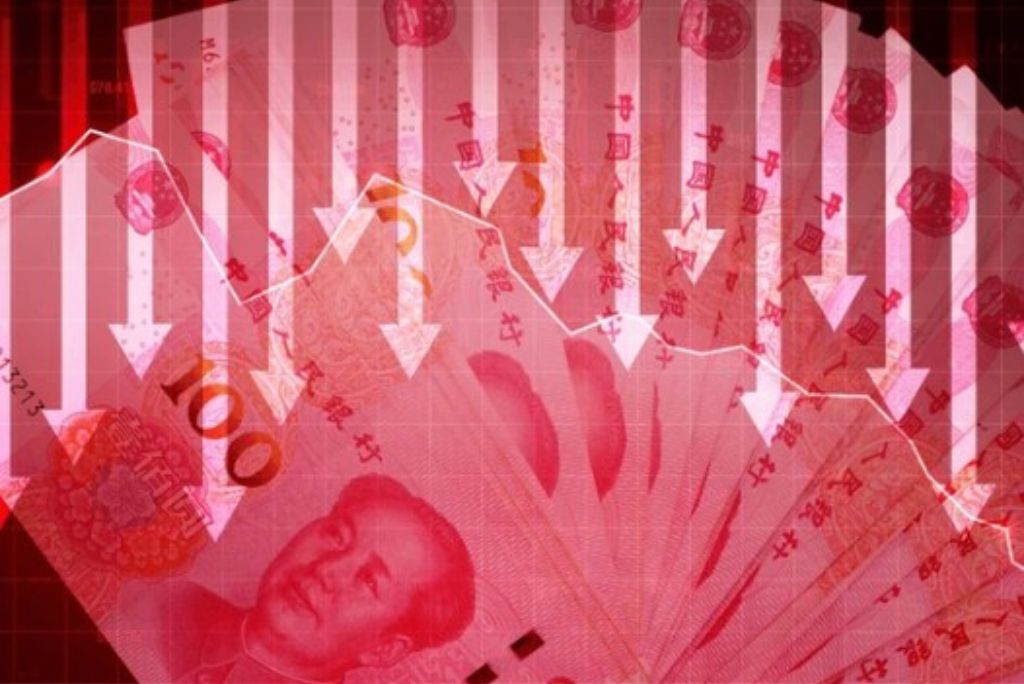Debunking the “wealth shock” illusion: A strategic rebuttal of five myths undermining China’s true economic fragility. - Gateway Hispanic
 .essb_links.essb_size_s .essb_link_svg_icon svg{height:16px;width:auto}.essb_links.essb_size_s .essb_icon{width:30px !important;height:30px !important}.essb_links.essb_size_s .essb_icon:before{font-size:16px !important;top:7px !important;left:7px !important}.essb_links.essb_size_s li a .essb_network_name{font-size:12px !important;font-weight:400 !important;line-height:12px !important}.essb_links.essb_size_s .essb_totalcount_item .essb_t_l_big,.essb_links.essb_size_s .essb_totalcount_item .essb_t_r_big{font-size:16px !important;line-height:16px !important}.essb_links.essb_size_s .essb_totalcount_item .essb_t_l_big .essb_t_nb_after,.essb_links.essb_size_s .essb_totalcount_item .essb_t_r_big .essb_t_nb_after{font-size:9px !important;line-height:9px !important;margin-top:1px !important}.essb_links.essb_size_s .essb_totalcount_item .essb_t_l_big.essb_total_icon:before,.essb_links.essb_size_s .essb_totalcount_item .essb_t_r_big.essb_total_icon:before{font-size:16px !important;line-height:26px !important}
BLUF (Bottom Line Up Front)
.essb_links.essb_size_s .essb_link_svg_icon svg{height:16px;width:auto}.essb_links.essb_size_s .essb_icon{width:30px !important;height:30px !important}.essb_links.essb_size_s .essb_icon:before{font-size:16px !important;top:7px !important;left:7px !important}.essb_links.essb_size_s li a .essb_network_name{font-size:12px !important;font-weight:400 !important;line-height:12px !important}.essb_links.essb_size_s .essb_totalcount_item .essb_t_l_big,.essb_links.essb_size_s .essb_totalcount_item .essb_t_r_big{font-size:16px !important;line-height:16px !important}.essb_links.essb_size_s .essb_totalcount_item .essb_t_l_big .essb_t_nb_after,.essb_links.essb_size_s .essb_totalcount_item .essb_t_r_big .essb_t_nb_after{font-size:9px !important;line-height:9px !important;margin-top:1px !important}.essb_links.essb_size_s .essb_totalcount_item .essb_t_l_big.essb_total_icon:before,.essb_links.essb_size_s .essb_totalcount_item .essb_t_r_big.essb_total_icon:before{font-size:16px !important;line-height:26px !important}
BLUF (Bottom Line Up Front)
Recent commentary from an Argentine economist and sitting member of the Argentine Congress resurfaces a recurring narrative: “China is poised for a global buying spree triggered by currency revaluation and newfound domestic wealth.”
This thesis dramatically overstates China’s economic strength and misinterprets the structural rot beneath the surface. A so-called “wealth shock” driven by a revalued yuan ignores the reality: collapsing real estate, a demographic time bomb, capital controls, deflationary pressures, and Beijing’s growing economic isolation.
Far from strengthening, the Chinese yuan, ‘Renminbi’ (RMB), is under downward pressure as China scrambles to preserve export competitiveness and social cohesion.
Why This Matters. Reheating Old Economic Leftovers: The Myth’s Origin Story.The idea that China is on the verge of a global buying spree driven by currency revaluation and newfound domestic wealth is not a new insight—it is a recycled narrative nearly two decades old. Its roots lie in early 2000s Western financial optimism, misguided extrapolations of China’s transition to a ‘consumer economy,’ and Chinese state propaganda.
Misreading China’s position invites policy missteps, capital misallocation, and strategic complacency. The illusion of a resilient Chinese consumer class enables the CCP’s propaganda but misleads global markets. Western governments must stay the course: reinforce economic containment, bolster supply chain sovereignty, and shield financial systems from Beijing’s systemic risks.
Debunking the Five Core Myths.MSI2 REBUTTAL: China’s per capita GDP is approximately $12,500—far below the U.S., South Korea, or Taiwan. Wealth remains concentrated, with the top 10% controlling over two-thirds of all assets. Shadow banking activity and widespread bad debt severely weaken true economic fundamentals.
MSI2 REBUTTAL: In a freely liberalized system, capital flight, market pessimism, and domestic instability likely drive the RMB downward. The People’s Bank of China intervenes daily to stabilize the yuan and curb depreciation pressures.
MSI2 REBUTTAL: After a decade of failed rebalancing attempts, consumption remains stagnant. Consumers are saving more amid deepening uncertainty, and outbound investment faces growing restrictions from the U.S. and EU due to national security concerns.
MSI2 REBUTTAL: With property prices plummeting, youth unemployment above 20%, and consumer confidence at record lows, any wealth effect is negative. Chinese households are retrenching, not spending.
MSI2 REBUTTAL: Beijing’s reduction in U.S. debt holdings is defensive, not strategic. The global economy still runs on the dollar. The RMB is not fully convertible, lacks trust, and cannot replace the USD’s reserve role.
Structural headwinds crippling China’s model.| Category | Issue |
| Demographics | Rapid aging and population shrinkage. Median age is now 39.2 and rising (UN Population Division, 2024). |
| Debt Crisis | The debt-to-GDP ratio exceeds 330%. Shadow lending remains widespread (IIF, 2024). |
| Geopolitical Decoupling | Reshoring by U.S. and EU firms is accelerating China’s marginalization (McKinsey Global Institute, 2024). |
| Trust Deficit | Foreign direct investment collapsed, down 85% year-over-year (YoY) by mid-2025 (China MOFCOM, 2025). |
| Tech Sanctions | Semiconductor and AI restrictions cripple future competitiveness (U.S. Department of Commerce, 2024). |
| Real Estate Collapse | Over 40 million empty homes. Developers face insolvency. Public trust eroding (Reuters, 2024). |
China’s economic decline is irreversible and rooted in its failed authoritarian model, not external forces. The Chinese Communist Party cannot escape demographic collapse, industrial overcapacity, or technological inferiority. The U.S. must not prop up this hostile regime through misguided engagement. Instead, we must double down on domestic industrial sovereignty, rebuild national supply chains, and lead a clean decoupling from China’s fragile economic ecosystem. These steps are not optional but foundational to restoring American power and protecting U.S. national security.
MSI2 Policy Recommendations.1. Maintain and Expand Economic Containment Tools.
2. Accelerate Allied Supply Chain Realignment.
3. Strengthen Financial System Resilience.
4. Enhance Strategic Messaging and Economic Diplomacy.
El Dr. Rafael Marrero es el fundador y director ejecutivo de Rafael Marrero & Company. Con 35 años de experiencia en su industria y egresado de las universidades de Stanford y Cornell, es un destacado experto nacional en contratación y adquisiciones tanto del gobierno como del sector privado, emprendimiento de pequeñas empresas, gestión de proyectos/programas y proveedores, marketing para contratistas y comunicaciones estratégicas.
Dr. Rafael Marrero is the founder and CEO of Rafael Marrero & Company. With 35 years of experience in his industry and a graduate of Stanford and Cornell Universities, he is a leading national expert in government and private sector contracting and procurement, small business entrepreneurship, project/program and vendor management, contractor marketing, and strategic communications.